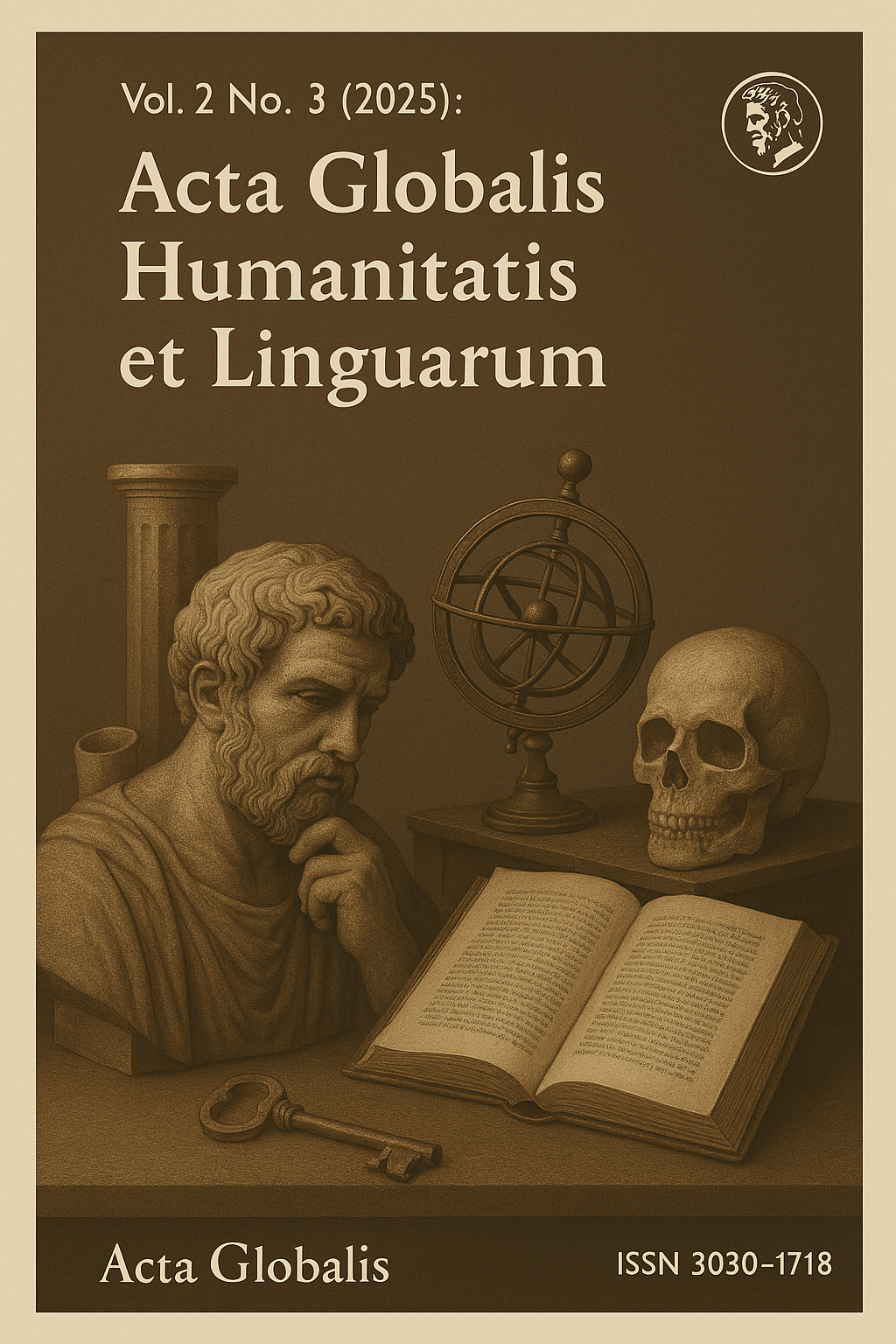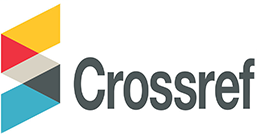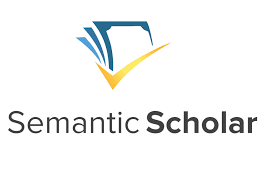The Usage of Social Networking Sites in Language Learning
DOI:
https://doi.org/10.69760/aghel.0250020016Keywords:
Instagram, cultural exposure, language learning, SNSAbstract
This study investigates the role of social networking sites (SNSs) in enhancing language learning, with a focus on how platforms such as Facebook, Instagram, WhatsApp, and YouTube contribute to learners' linguistic competence and engagement. Drawing on a combination of literature review and survey data from language learners, the study reveals that SNSs facilitate informal language practice, promote communicative competence, and foster intercultural exchange. The findings suggest that SNSs support both receptive and productive language skills by providing authentic contexts for interaction, peer feedback, and content exposure. However, challenges such as distraction, information overload, and unequal access to technology persist. The study concludes with recommendations for integrating SNSs into formal language instruction to maximize their pedagogical potential.
References
Al-Jarf, R. (2017). Online collaboration and vocabulary learning in English as a foreign language. Journal of Language Teaching and Research, 8(3), 365–372. https://doi.org/10.17507/jltr.0803.02
Babayev, J. (2022). Characteristics of online learning. POLISH JOURNAL OF SCIENCE Учредители: Громадська Організація" Фундація Економічних Ініціатив"= Общественная Организация" Фундация Экономических Инициатив",(50), 67-68.
Babayev, J. (2022). Online versus offline learning. ZNANSTVENA MISEL Учредители: Global Science Center LP,(66), 24-25.
Babayev, J. (2023, December). Usage of audio and video tasks in language teaching. In Publisher. agency: Proceedings of the 5th International Scientific Conference «Modern scientific technology»(December 21-22, 2023). Stockholm, Sweden, 2023. 206p (p. 6). Malmö University.
Babayev, J. A. V. I. D. (2022, October). The methods ignoring the usage of mother tongue. In I international scientific conference.“World Science: achievements and innovations”. Lviv. Ukraine (pp. 27-28).
Blattner, G., & Fiori, M. (2009). Facebook in the language classroom: Promises and possibilities. International Journal of Instructional Technology and Distance Learning, 6(1), 17–28.
Javid, B. Impact of socio-linguistic and socio-cultural factors on translation process. Sciences of Europe, (128).
Javid, B. (2023). Major techniques of CLT in language learning. Foundations and Trends in Modern Learning, (4).
Javid, B., & Sayyara, S. (2024). The Most Ideal L2 Teaching Method. International Journal of Religion, 5(7), 367-378.
Manca, S., & Ranieri, M. (2016). Facebook and the others. Potentials and obstacles of Social Media for teaching in higher education. Computers & Education, 95, 216–230. https://doi.org/10.1016/j.compedu.2016.01.012
Lomicka, L., & Lord, G. (2016). Social networking and language learning. In F. Farr & L. Murray (Eds.), The Routledge Handbook of Language Learning and Technology (pp. 255–268). Routledge.
Sabir, B. J. (2023). Linguistic and cultural aspects of simultaneous translation. Progress in Science, (4).
Wang, S., & Vásquez, C. (2012). Web 2.0 and second language learning: What does the research tell us? CALICO Journal, 29(3), 412–430. https://doi.org/10.11139/cj.29.3.412-430
Downloads
Published
Issue
Section
License
Copyright (c) 2025 Acta Globalis Humanitatis et Linguarum

This work is licensed under a Creative Commons Attribution-NonCommercial 4.0 International License.







